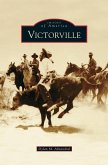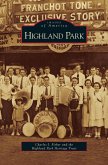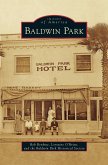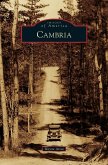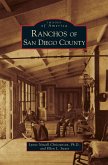In 1857, Fort Bragg was an Army post on the Mendocino Indian Reservation. Coastal California north of San Francisco had been home to the Pomo and Yuki people for thousands of years. In the early 1800s, that area was visited by Russian, English, and French fur trappers. In 1850, an opium trader carrying goods from the Orient to gold-rush San Francisco shipwrecked near Fort Bragg. Would-be salvagers discovered giant redwood trees, and lumber mills soon sprang up at the mouth of every stream. "Dog-hole schooners" transported lumber, passengers, and supplies, and the world-wide Dollar Shipping Lines started here. Former reservation lands were acquired by lumber interests, and the city of Fort Bragg sprang up around them, all while photographers, artists, and writers documented the "far West." Today, the former California Western logging railroad transports tourists through the redwood forests. Hollywood movies continue to be set in the New England-style towns along the rocky Mendocino Coast, and Paul Bunyan Days celebrates old-time logging skills. The area's colorful past permeates and enriches local culture.




